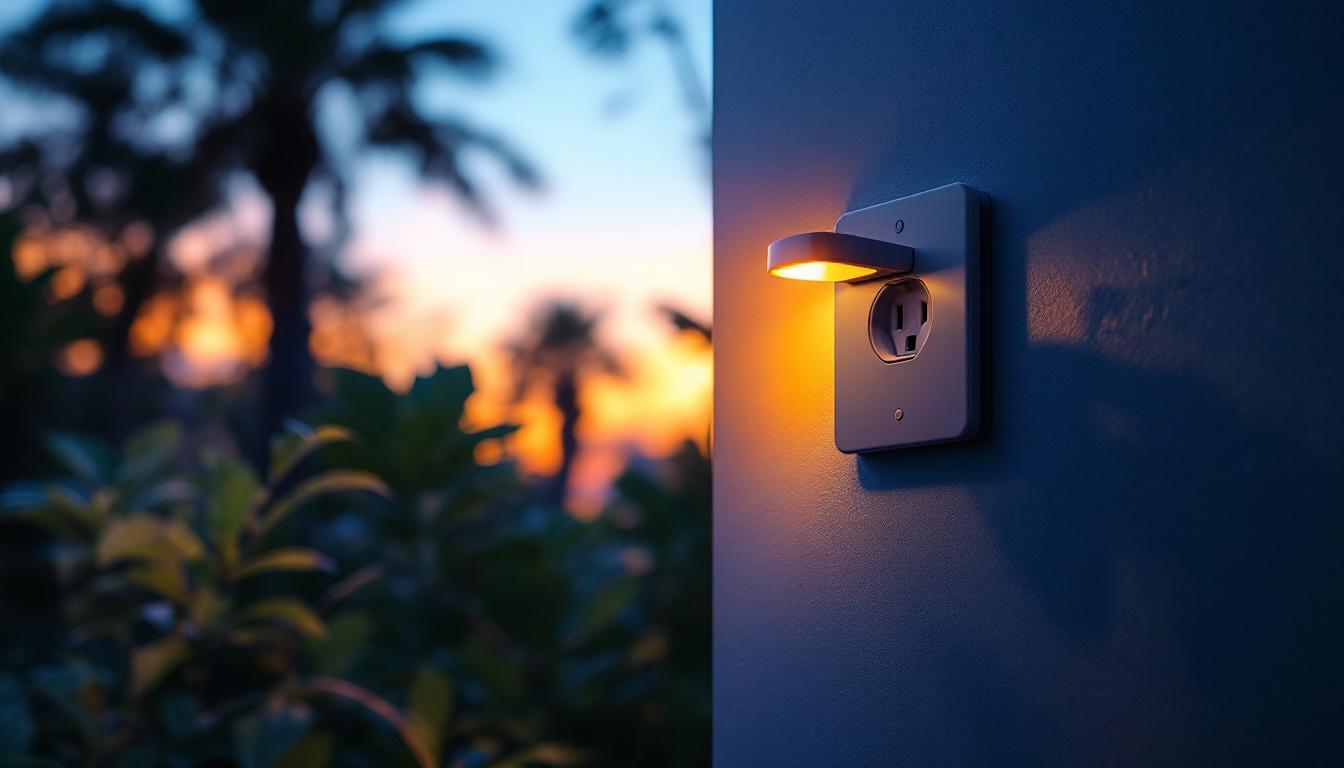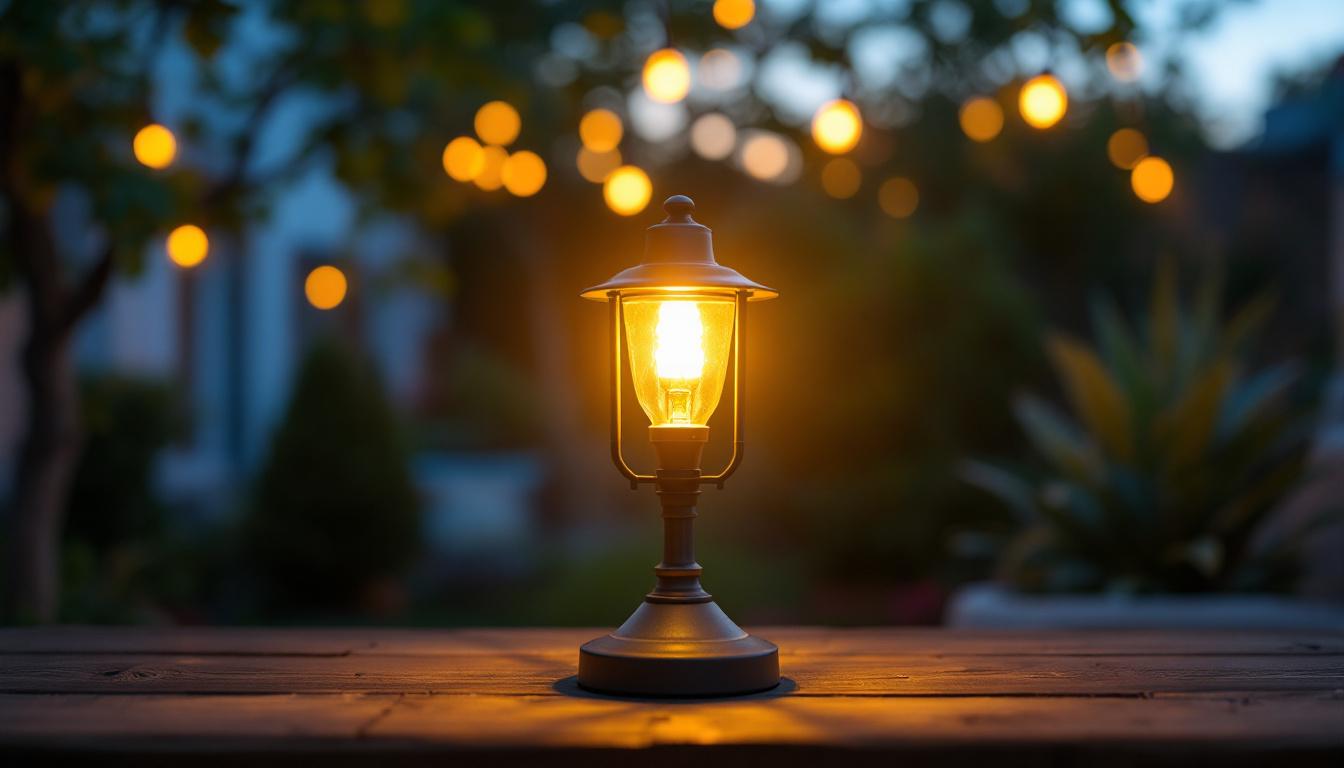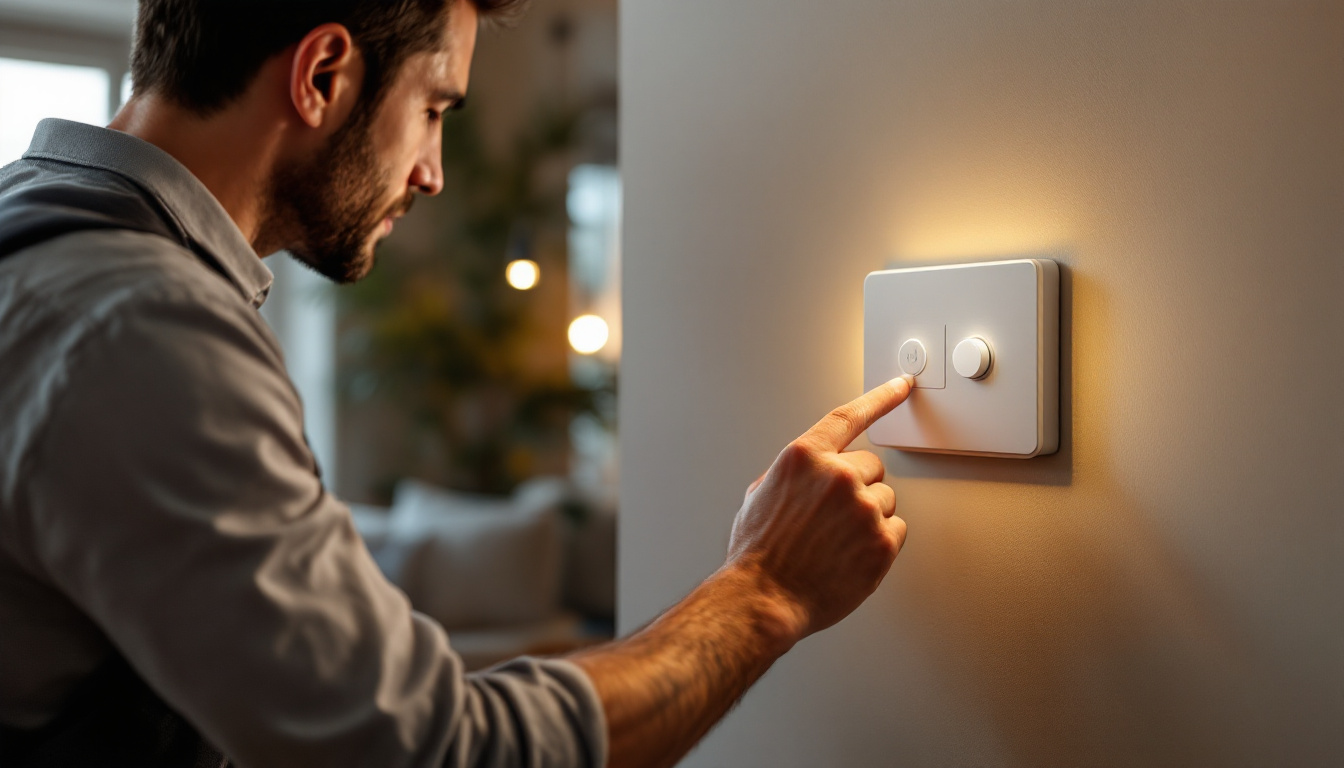
In the ever-evolving world of interior design and lighting, RGB lights have emerged as a versatile solution for creating dynamic atmospheres in various spaces. For lighting contractors, understanding how to effectively integrate RGB lighting into their projects can significantly enhance the aesthetic appeal and functionality of a room. This article delves into proven methods and best practices for utilizing RGB lights in residential and commercial settings.
RGB lighting refers to the combination of red, green, and blue light to create a broad spectrum of colors. This technology allows for endless possibilities in color customization, making it a popular choice among designers and contractors alike. By mixing these primary colors, contractors can achieve specific hues that align with the desired ambiance of a room. The versatility of RGB lighting extends beyond mere aesthetics; it can also influence mood and productivity, making it an essential tool in both residential and commercial spaces.
Furthermore, the rise of RGB lighting has coincided with advancements in LED technology, which has made these lighting solutions more energy-efficient and longer-lasting than traditional incandescent bulbs. This shift not only benefits the environment but also reduces energy costs for consumers. As a result, RGB lighting is not just a trend; it represents a sustainable approach to modern lighting design.
To harness the full potential of RGB lighting, it’s essential to understand how color mixing works. Each color can be adjusted in intensity, allowing contractors to create millions of different shades. For example, combining red and green at full intensity will yield yellow, while mixing all three colors at equal intensity produces white light. This fundamental knowledge is crucial for achieving the desired effects in various settings. Additionally, the ability to manipulate color temperature can enhance the functionality of a space; warmer tones can create a cozy atmosphere, while cooler tones can promote alertness and focus.
Moreover, understanding the psychological effects of different colors can help contractors tailor lighting to specific environments. For instance, blue light is often associated with calmness and can be beneficial in bedrooms or relaxation areas, while vibrant reds and greens can energize a space, making them ideal for gyms or creative workspaces. By integrating this knowledge into their designs, contractors can elevate the overall experience of a space, ensuring that it not only looks good but also feels right.
There are several types of RGB lighting solutions available on the market, each with its unique features and applications. Strip lights, for instance, are flexible and can be installed in various locations, while RGB bulbs can replace traditional light fixtures. Additionally, smart RGB lighting systems offer programmable features that allow users to control colors and brightness through mobile apps or voice commands. Understanding these options enables contractors to recommend the best solutions for their clients’ needs. These systems often include features such as scheduling, which can automate lighting changes throughout the day, further enhancing convenience and energy efficiency.
In addition to these conventional solutions, innovative products like RGB wall panels and ceiling tiles are gaining popularity, allowing for immersive lighting experiences that can transform entire rooms. These products can be synchronized with music or video content, creating dynamic environments for events or home theaters. As technology continues to evolve, the potential applications for RGB lighting will expand, offering even more creative possibilities for contractors and designers looking to push the boundaries of traditional lighting design.
RGB lighting can be utilized in a myriad of ways, transforming spaces from mundane to extraordinary. Its applications range from enhancing mood in residential settings to creating engaging environments in commercial spaces. Here are some popular applications that lighting contractors should consider.
In homes, RGB lighting can be used to create ambiance in living rooms, bedrooms, and home theaters. For instance, in a living room, soft blue or green hues can promote relaxation, while vibrant reds and purples can energize a space during social gatherings. By strategically placing RGB lights behind furniture or along architectural features, contractors can create visually stunning focal points that enhance the overall design. Additionally, RGB lighting can be programmed to change throughout the day, mimicking natural sunlight patterns to help regulate circadian rhythms, thereby improving overall well-being. Smart home systems can also integrate RGB lighting, allowing homeowners to control their lighting remotely or set schedules that align with their daily routines.
In commercial environments, RGB lighting can play a pivotal role in branding and customer experience. Retail stores often use dynamic lighting to draw attention to products and create an inviting atmosphere. Restaurants can adjust lighting colors to match the time of day or specific events, enhancing the dining experience. For example, a cozy, warm glow might be ideal for a romantic dinner setting, while brighter, more vibrant colors can create an energetic vibe during brunch hours. Understanding the target audience and the desired emotional response is key when implementing RGB lighting in these settings. Moreover, RGB lighting can be employed in event spaces and venues to create immersive experiences, such as synchronized light shows during concerts or thematic lighting for corporate events, ensuring that each occasion leaves a lasting impression on attendees.
When integrating RGB lighting into a project, several design considerations must be taken into account. These factors ensure that the lighting not only looks good but also functions effectively within the space.
While RGB lights offer a wide range of colors, it’s essential to consider the color temperature and intensity of the light. Warmer tones (below 3000K) create a cozy and inviting atmosphere, while cooler tones (above 4000K) can promote alertness and productivity. Balancing these temperatures with RGB colors can enhance the intended mood of the room.
The placement of RGB lights is crucial for achieving the desired effect. Lighting contractors should consider both the functional and aesthetic aspects of installation. For instance, under-cabinet lighting in kitchens can provide practical illumination while adding a pop of color. Additionally, using RGB lights to highlight architectural features or artwork can create depth and interest in a room.
Integrating control systems into RGB lighting setups can elevate the user experience. Smart lighting solutions allow users to adjust colors, brightness, and even set schedules through mobile apps or voice commands. Contractors should educate clients on the benefits of these systems, as they provide convenience and flexibility in managing lighting environments.
While RGB lighting offers numerous advantages, there are also challenges that lighting contractors may encounter. Understanding these challenges and having solutions at hand can streamline the installation process and enhance client satisfaction.
One common challenge is ensuring compatibility with existing electrical systems. RGB lights may require specific dimmers or controllers to function correctly. Contractors should assess the existing wiring and recommend upgrades if necessary. This proactive approach can prevent issues during installation and ensure a seamless integration of RGB lighting.
Maintaining color consistency across different RGB fixtures can be challenging. Variations in manufacturing can lead to discrepancies in color output. To address this, contractors should source products from reputable manufacturers and conduct tests before installation. This diligence ensures that the final result meets client expectations and provides a cohesive look throughout the space.
Successful installation of RGB lighting requires adherence to best practices that enhance both functionality and aesthetics. Lighting contractors should follow these guidelines to achieve optimal results.
Before installation, a comprehensive plan and layout should be developed. This includes determining the desired color schemes, identifying key areas for lighting, and considering the overall design of the space. Collaborating with clients during this phase can help align expectations and ensure that the final design reflects their vision.
After installation, testing the RGB lights is crucial. This step allows contractors to make necessary adjustments to color settings and brightness levels. Engaging clients in this process can also provide valuable feedback, ensuring that the lighting meets their needs and preferences.
The landscape of RGB lighting is continuously evolving, with new technologies and trends emerging regularly. Staying informed about these developments can help lighting contractors remain competitive and innovative in their projects.
As smart home technology becomes increasingly prevalent, the integration of RGB lighting with other smart devices is a growing trend. This allows for seamless control of lighting alongside other home automation features, such as security systems and climate control. Contractors should explore partnerships with smart home technology providers to offer comprehensive solutions to clients.
Another emerging trend is the focus on human-centric lighting, which emphasizes the impact of light on well-being and productivity. RGB lighting can be tailored to support circadian rhythms, promoting health and comfort in residential and commercial spaces. Understanding this trend allows contractors to offer solutions that enhance the quality of life for occupants.
RGB lighting presents a wealth of opportunities for lighting contractors looking to elevate their projects. By understanding the fundamentals of RGB technology, exploring various applications, and adhering to best practices, contractors can create stunning and functional lighting solutions. As the industry continues to evolve, staying abreast of trends and innovations will ensure that contractors remain at the forefront of the lighting design landscape.
Incorporating RGB lights into room designs not only enhances aesthetic appeal but also contributes to the overall experience of the space. With the right knowledge and tools, lighting contractors can transform ordinary environments into extraordinary experiences, setting themselves apart in a competitive market.
Ready to bring your lighting designs to life with the vibrant versatility of RGB lights? At LumenWholesale, we provide lighting contractors with the highest quality, spec-grade RGB lighting products at unbeatable wholesale prices. Say goodbye to local distributor markups and hello to a vast selection of reliable, high-performance lighting that meets the strictest industry standards. Plus, with free shipping on bulk orders, you can stock up on premium lighting solutions without worrying about hidden fees or compromises. Elevate your lighting projects and experience the perfect blend of quality, affordability, and convenience. Discover Wholesale Lighting at the Best Value today and make your spaces shine with LumenWholesale.

Discover the essentials of outdoor outlet lighting with our comprehensive guide tailored for lighting contractors.

Discover the essential guide to outdoor lamps tailored for lighting contractors.

Discover effective strategies and proven methods for lighting contractors to optimize switch timers for lights.

Discover the growing importance of changing fluorescent to LED lighting, unlocking energy savings of up to 75%, enhanced durability, and eco-friendly benefits—transform your space today!.